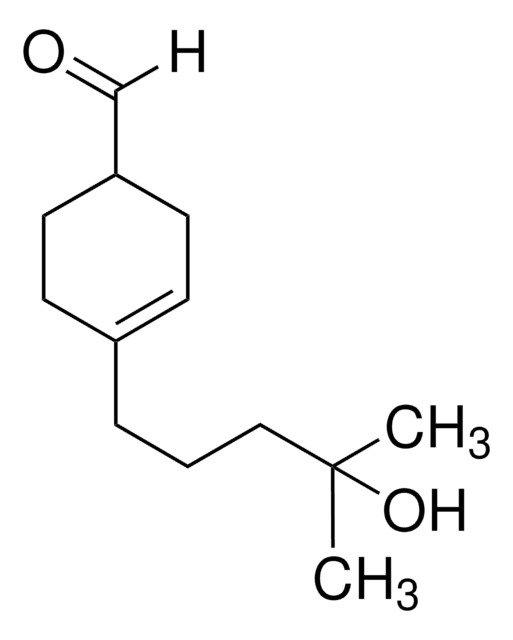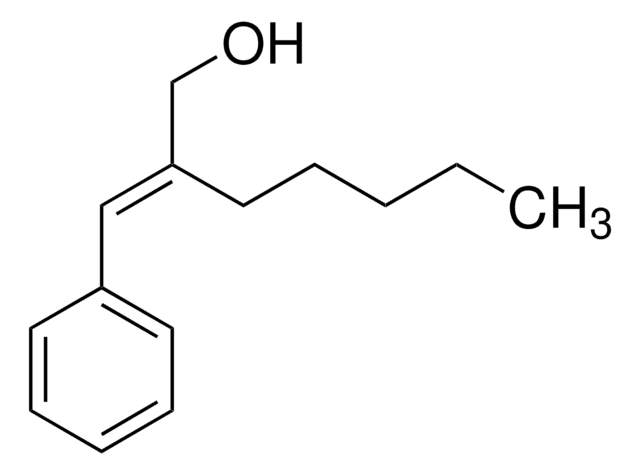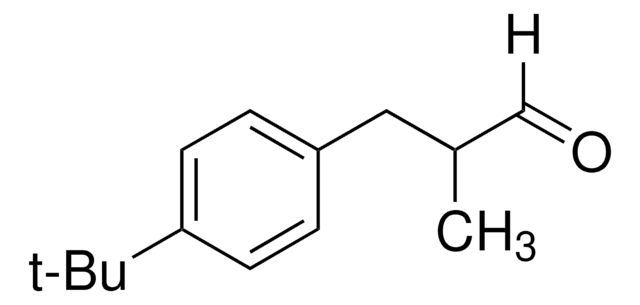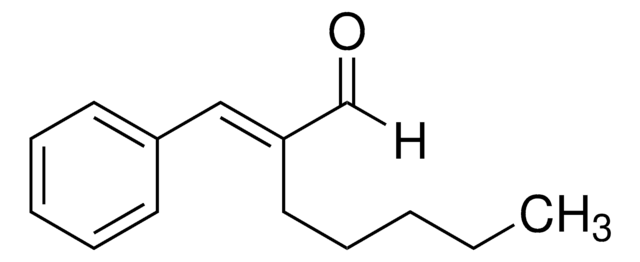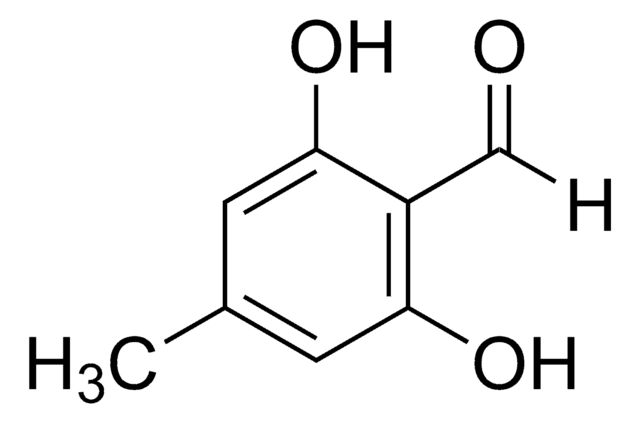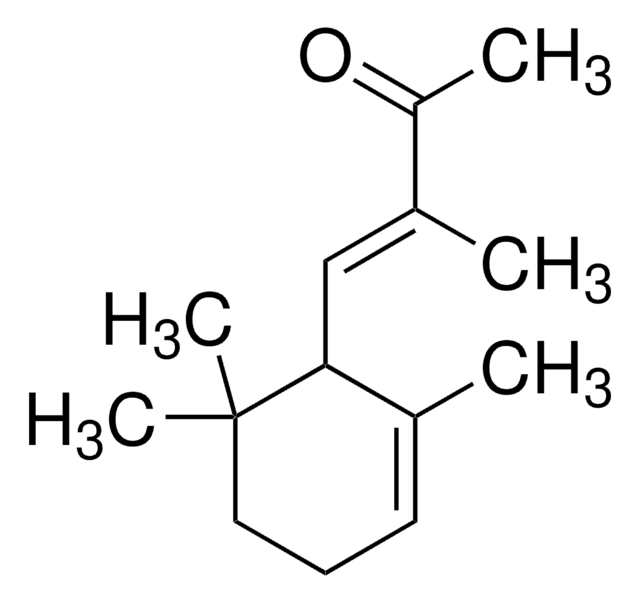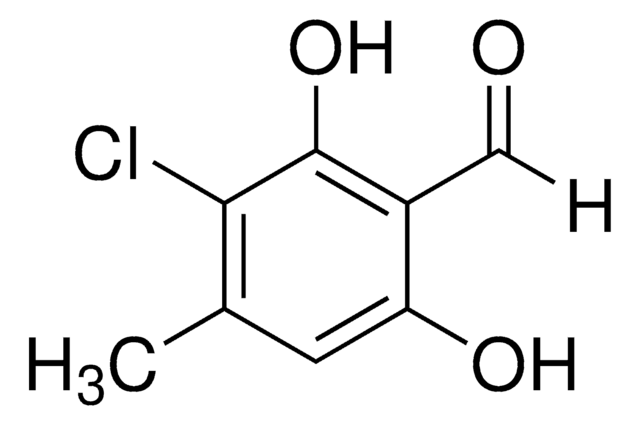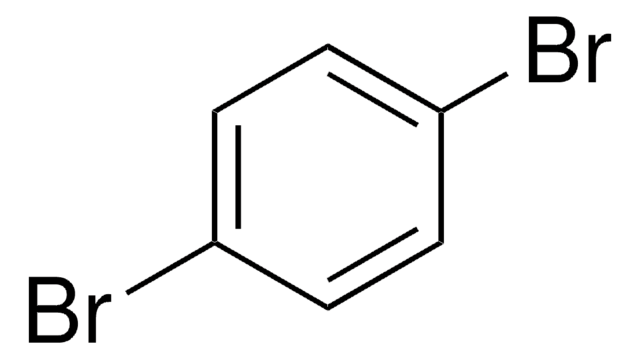95594
4-(4-Hydroxy-4-methylpentyl)-3-cyclohexene-1-carboxaldehyde
mixture of isomers, ≥97.0% (GC)
Sinónimos:
4-(4-Hydroxy-4-methylpentyl)-3-cyclohexene-1-carboxaldehyde, 4-(4-Hydroxy-4-methylpentyl)-3-cyclohexenecarboxaldehyde, 4-(4-Methyl-4-hydroxyamyl)cyclohex-3-ene carboxaldehyde, Landolal, Liral
About This Item
Productos recomendados
Quality Level
assay
≥97.0% (GC)
form
liquid
density
0.995 g/mL at 20 °C
functional group
aldehyde
hydroxyl
storage temp.
2-8°C
SMILES string
[H]C(=O)C1CCC(CCCC(C)(C)O)=CC1
InChI
1S/C13H22O2/c1-13(2,15)9-3-4-11-5-7-12(10-14)8-6-11/h5,10,12,15H,3-4,6-9H2,1-2H3
InChI key
ORMHZBNNECIKOH-UHFFFAOYSA-N
¿Está buscando productos similares? Visita Guía de comparación de productos
Storage Class
10 - Combustible liquids
wgk_germany
WGK 2
flash_point_f
275.2 °F
flash_point_c
135.1 °C
ppe
Eyeshields, Gloves
Elija entre una de las versiones más recientes:
¿Ya tiene este producto?
Encuentre la documentación para los productos que ha comprado recientemente en la Biblioteca de documentos.
Los clientes también vieron
Nuestro equipo de científicos tiene experiencia en todas las áreas de investigación: Ciencias de la vida, Ciencia de los materiales, Síntesis química, Cromatografía, Analítica y muchas otras.
Póngase en contacto con el Servicio técnico